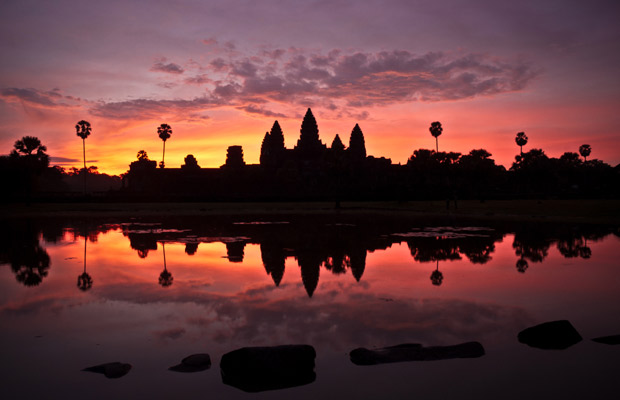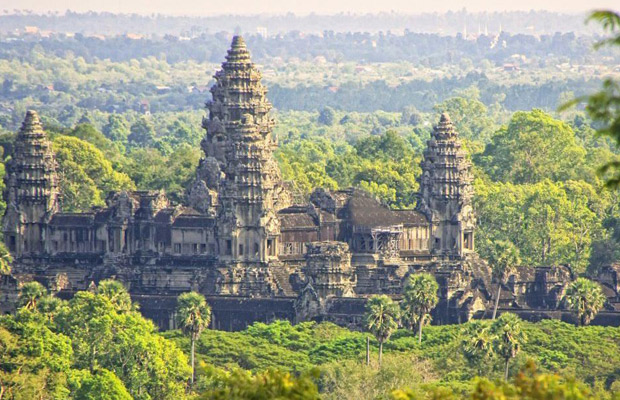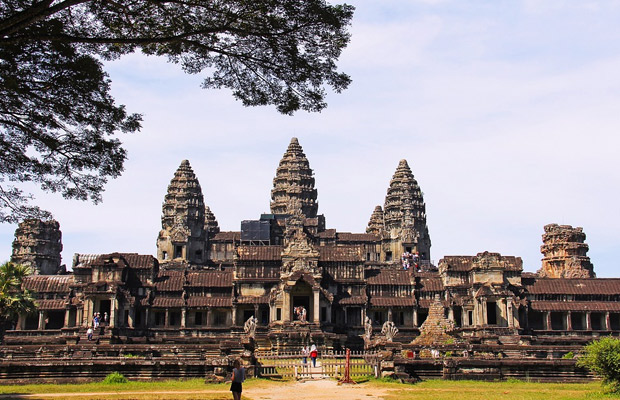Angkor Wat, commissioned by King Suryavarman II in the early 12th century (1113-1150 AD), was built as a state temple and capital city. It symbolized the king’s power and devotion to Hinduism. Its grand design represents the universe, with the central tower symbolizing Mount Meru, the cosmic center in Hindu and Buddhist beliefs.
Constructed over 30 years by thousands of workers, Angkor Wat is famous for its intricate bas-reliefs and sculptures, including the “Churning of the Ocean of Milk.” These carvings reflect Khmer art and cultural beliefs. After the Khmer Empire’s decline in the 15th century, the temple fell into disrepair but was rediscovered in the 19th century by French explorers. Today, Angkor Wat symbolizes Cambodian pride and spirituality, attracting millions of visitors annually who come to marvel at its architecture, history, and breathtaking sunrises.



Share
The Royal Residence in Siem Reap serves as the official residence of the Cambodian royal family when they visit the region. This grand complex is known for its stunning architecture and beautifully landscaped gardens, offering a glimpse into the royal lifestyle. The residence features elegant buildings that showcase a blend of traditional Khmer and colonial architectural styles, with intricate details and vibrant colors. Visitors to the Royal Residence can appreciate the serene surroundings and the historical significance of this important cultural site.
Wat Preah Prohm Roth is a charming Buddhist temple located in the Siem Reap province of Cambodia. Renowned for its peaceful setting and traditional Khmer architecture, this temple is a beloved site for both locals and visitors. The temple features intricate carvings, vibrant murals, and a serene atmosphere, making it an ideal place for meditation and reflection. The well-maintained grounds are often filled with colorful flowers and lush greenery, enhancing the temple’s tranquil ambiance.
Wat Preah Inkosei is a tranquil Buddhist temple located in the Siem Reap province of Cambodia. This serene site is known for its beautiful architecture and peaceful atmosphere, making it a perfect place for reflection and meditation. The temple features a blend of traditional Khmer design with intricate carvings and vibrant murals, which depict various Buddhist themes and stories. Visitors often enjoy exploring the temple grounds, which are adorned with lush greenery and colorful flowers.
$497 Original price was: $497.$379Current price is: $379.
$55 Original price was: $55.$45Current price is: $45.
$1099 Original price was: $1099.$999Current price is: $999.
$450 Original price was: $450.$420Current price is: $420.
$679 Original price was: $679.$579Current price is: $579.
The payment is encrypted and transmitted securely with an SSL protocol.